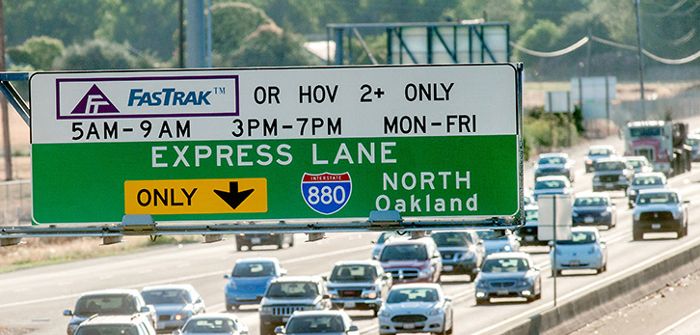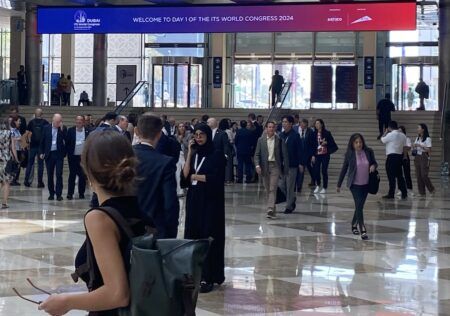Spanish transportation technology developer and consultancy Indra has achieved the highest overall system accuracy in a real-world test of high-occupancy vehicle (HOV) detection organized by San Francisco’s Metropolitan Transportation Commission (MTC).
As the agency with responsibility for the management of transportation in the San Francisco Bay Area, the MTC decided to test the most advanced technologies for the automatic detection of HOVs on its freeways, which are needed for the implementation of its new sustainable mobility policies.
Only Indra and two other companies from around the world, multinationals from Asia and the USA, had suitable systems that met MTC’s system accuracy criteria for participating in the trial. The company’s DAVAO HOV detection system achieved the highest overall system accuracy rate of 88% in the real-world tests that were carried out on an HOV lane on I-880 in the Bay Area.
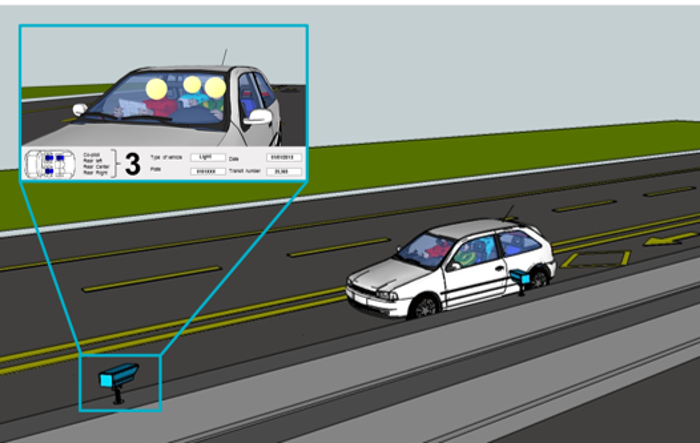
Indra’s DAVAO system is non-intrusive and highly reliable and enables the automatic real-time detection of the type of a moving vehicle, and its front and rear occupants. Based on the latest artificial vision and deep learning technologies, it is a unique product that makes it possible for agencies to roll out smart tolling systems, with special ‘express’ lanes for HOVs and new dynamic pricing models.
The DAVAO technology is also suitable for deployment in parking lots and to restrict access to cities by vehicle type and/or number of occupants.
DAVAO’s features are combined with free-flow technology, which enables the monitoring and classification of vehicles and payment of tolls on the move, even at speeds above 100mph (160km/h).
DAVAO’s capabilities enable the implementation of new advanced mobility models that prioritize and encourage the use of public transportation and high-occupancy and low-emission vehicles, leading to improvements in traffic flow, air quality and noise levels.
Until now, compliance and policing of such measures demanded mobile and static monitoring by highway authorities, which made their widespread introduction complex, ineffective and unreliable. As well as the USA trial, Indra has been testing the system in a parking lot in Madrid (Spain), where it has also achieved excellent results.
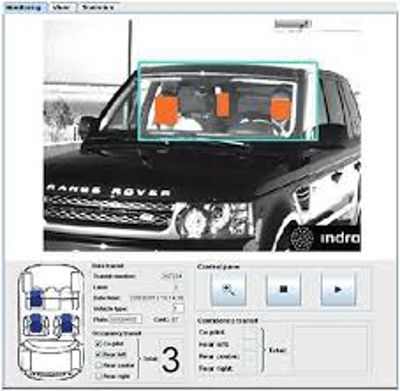
DAVAO was developed out of the Indra-led European BeCamGreen R&D&I project, which aimed to develop a system based on computer vision and big data that would help reduce traffic, particularly single occupant vehicles, while aiding new sustainable mobility policies.
Financed and overseen by EIT Digital, a leading European digital innovation and entrepreneurial education organization, Indra worked alongside the Polytechnic University of Milan in Italy, which developed a big data engine to detect and predict traffic situations using multiple information sources, and the project’s vision subsystem.
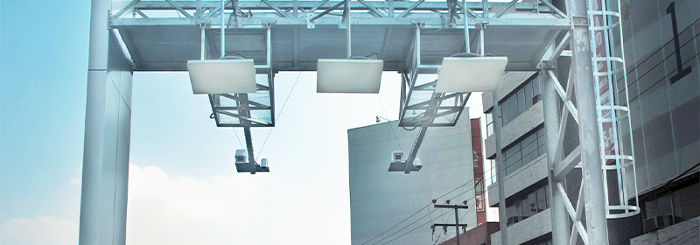
To create DAVAO, the company says it has worked on the further development and improvement of its real-time image processing algorithms for the detection of people and face recognition, and has tested the best video surveillance equipment available.
The result is a product that is ready to be implemented on urban streets and roads, with unique precision and reduced investment and operating costs for potential customers.



